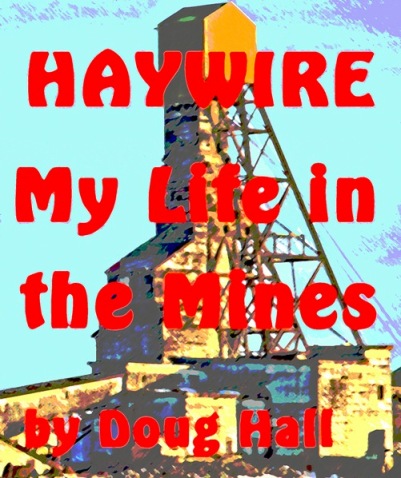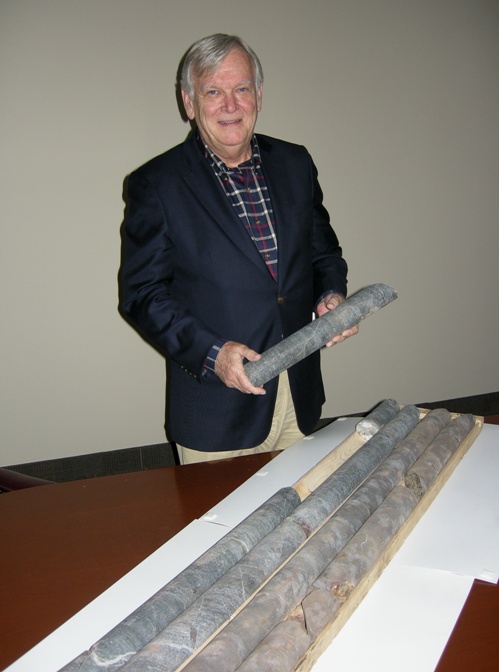The Daily Press is the city of Timmins broadsheet newspaper.
TIMMINS – The landscape of Schumacher may have changed over the years, but the community’s vibrant spirit and heritage is being kept alive and well.
Like those of F. Scott Fitzgerald’s Dr. TJ Eckleburg in The Great Gatsby, legendary philanthropist Frederick Schumacher’s eyes still watch over the town that bears his name.
A party honouring 101 years of the community’s existence and heritage was held at the McIntyre Arena, the building where Schumacher’s portrait is mounted on the exterior. Friday, Mar. 1 was Mr. Schumacher Day, and the Schumacher Arts, Culture and Heritage Association (SACHA) celebrated in style.
“It’s a committee that’s been together for a year now,” said Rob Knox, a member of the SACHA committee. “Our focus has been the preservation of Schumacher arts, culture and architecture, and celebrating the citizenry of Schumacher and the diverse and wonderful history of this small mining community.
“We’ve undertaken a few various community events in an efforts to elevate the notion of Schumacher as a community and its history and its overall contribution to the city of Timmins and the Porcupine Mining Camp.”


























